Criss Cross/1949/Universal Pictures/88 min.
What would film noir be without obsessive love? (Or “amour fou” as the French would say.) Just a bunch of caring and sharing among equal partners with no cause for discontent? How frightfully dull.
My favorite example is “Criss Cross” from 1949. Director Robert Siodmak helped define noir style and in this flick you can see what an unerring eye he had.
“Criss Cross” tells the story of a nice guy from a modest background who, try as he might, just cannot break ties with his sexy but venal ex-wife. They are one of noir’s most stunningly gorgeous couples.
Burt Lancaster as Steve Thompson takes your breath away with his arresting features and beautiful build. Equally captivating is exquisite Yvonne De Carlo (Lily Munster on the ’60s TV show, “The Munsters”) as Anna.
Lancaster and De Carlo were also paired in Jules Dassin’s prison film “Brute Force” from 1947. And in 1946, Siodmak helped catapult Lancaster and Ava Gardner to stardom in “The Killers,” another seminal film noir. Miklós Rózsa wrote original music for both Siodmak films.
Back to “Criss Cross.” Having returned to his native Los Angeles after more than a year of roaming around the country, working odd jobs, Steve’s convinced that he’s over Anna and can move on from their failed marriage.
He gets his old job back (as a driver for Horten’s, an armored car service) and reconnects with his family (a very unusual touch – most noir heroes are total loners). There’s Mom (Edna Holland), brother Slade (Richard Long) and his brother’s fiancée Helen (Meg Randall). They’re all anti-Anna, natch, and so is Steve’s childhood friend Det. Lt. Pete Ramirez (Stephen McNally).
It’s only a matter of time (and fate, of course) before Steve sees Anna again, only to learn she has a new love interest, an unctuous gangster and sugar daddy named Slim Dundee (Dan Duryea), whom she abruptly marries.
But Anna can’t quite tear herself away from Steve – he is Burt bloody Lancaster, after all. When Slim catches the pair together, Steve stays calm and says he’s figured out a way to pull a heist – an inside job at Horten’s – but he needs some help to carry it out. Things don’t go quite according to plan, however, and the caper turns into a smoke-filled shootout, which lands Steve in the hospital and launches Slim on the lam.
Noir master Daniel Fuchs adapted “Criss Cross” from a Don Tracy novel. While the script’s references to Steve’s imminent doom are a little over the top, the movie is still an excellent showcase for the talents of German-émigré Siodmak, an auteur largely underrated in postwar Hollywood, as well as for his cast and crew. “Criss Cross” is both a tense, lean crime thriller and a textured, haunting story about relationships and human nature.
Much as I like “The Killers,” I prefer “Criss Cross” and its probing into questions of fate, our inherent human capacity for perversity and self-destruction, our tendencies toward paranoia, greed and guilt, and our willingness to trust, trick and manipulate others and ourselves. Basically, everything we hate to think about and try to repress.
We see romantic relationships that run the gamut from sweet to steamy to sadistic, with Siodmak and Fuchs reminding us of the violence that can lurk just under a tranquil surface. It’s also interesting to speculate, upon repeat viewings, just how far back Steve might have been hatching his plan and to what extent it grew out of Slim’s wider and stickier web of deceit.
Beginning with a magnificent shot that lands us in the middle of the story, we witness a clandestine meeting, a few minutes in a parking lot, of lovers Steve and Anna.
Then, as Siodmak backtracks to fill us in on their story, it’s one ravishing chiaroscuro composition after another, often shot from high above and suggesting a sense of encroaching peril or shot low to create a feeling of dominance, danger and power. Entrapping shadows abound.
Siodmak and cinematographer Franz Planer were at the top of their game in “Criss Cross. “ It’s hard to beat the panoramic opening scene and the pieta-like closing shot. Another striking scene: when Steve sees Anna dancing the rhumba (with an uncredited Tony Curtis) as Esy Morales’ band gives it their all. I also love the alternating high and low shots as Anna and Steve discover that Slim and his gang have infiltrated Steve’s place, quiet as cats, save for the refrigerator that pounds shut as they help themselves to beers. “You know,” says Dan Duryea’s Slim, in a cool, silky voice, “it don’t look right. You can’t exactly say it looks right now can you?”
Was there anyone better in 1940s than Duryea as the cheap, sleazy, misogynistic gangster-type who never failed to be dressed to the nines in the flashiest and gaudiest of garb?
Additionally, it’s a testament to Lancaster’s power of expression – his graceful physicality, measured, calm voice and what seems to be an innate kindness and intelligence – that you continue to root for him knowing that every step he takes is the wrong one.
And you can see how De Carlo as Anna could sear a man’s heart. (De Carlo later starred as the quirky matriarch in TV’s “The Munsters,” 1964-66.) While some would write Anna off as a conniving shrew who causes Steve’s downfall, and it’s pretty hard to argue otherwise, she at least never plays too coy – she wants him, yes, but she wants money too and she’s entirely clear that she’ll get it with or without him. It’s his choice (as much as you have a choice in film noir) to execute a heist to get a bunch of cash. As for the heist, particularly the planning of, I think there is much here that influenced John Huston when he made “The Asphalt Jungle” (1950).
Also memorable in their performances are Percy Helton as the bartender, Alan Napier as Finchley, the stately, dignified crook consultant who works for liquor and Griff Barnett as Pop, the co-worker whom Steve betrays. “Criss Cross” also features Raymond Burr, uncredited, as a gangster.
Steven Soderbergh remade “Criss Cross” as “The Underneath” in 1995 and it’s a good film. But just as Lancaster’s Steve likens his love to getting a bit of apple stuck in his teeth, “Criss Cross” similarly lodges in your psyche. Like a lurking temptation, it’s hard to let go.
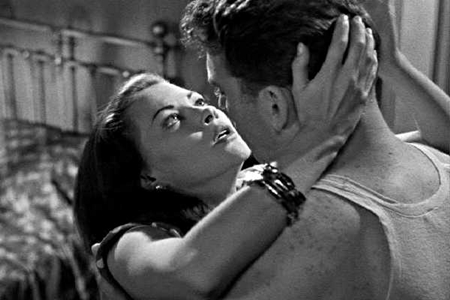
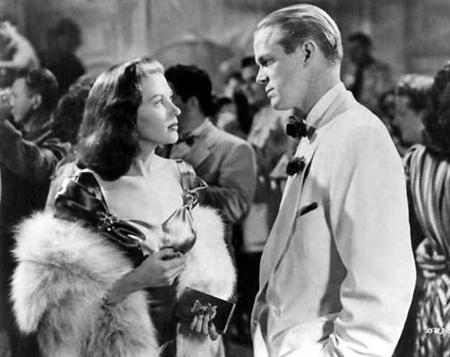
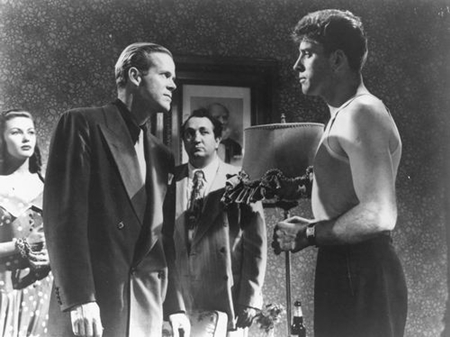
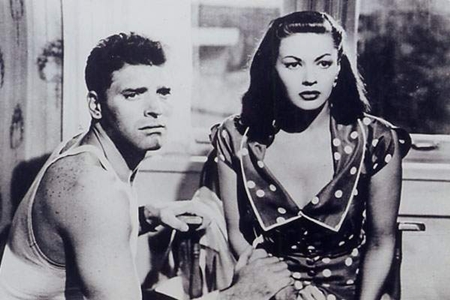





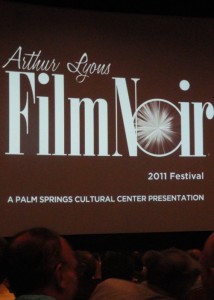
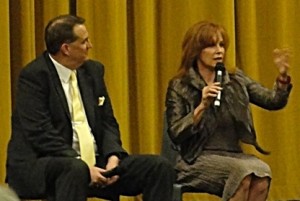
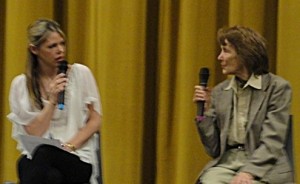
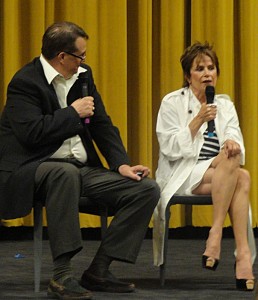
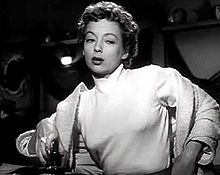
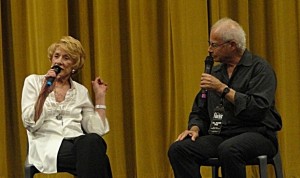
![220px-Loophole[1]](http://www.filmnoirblonde.com/wp-content/uploads/2011/05/220px-Loophole11-196x300.jpg)

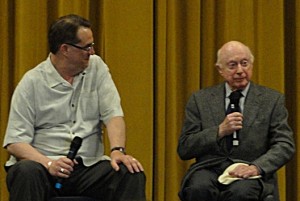
![220px-DamnedDontCry[1]](http://www.filmnoirblonde.com/wp-content/uploads/2011/05/220px-DamnedDontCry11-210x300.jpg)





From FNB readers